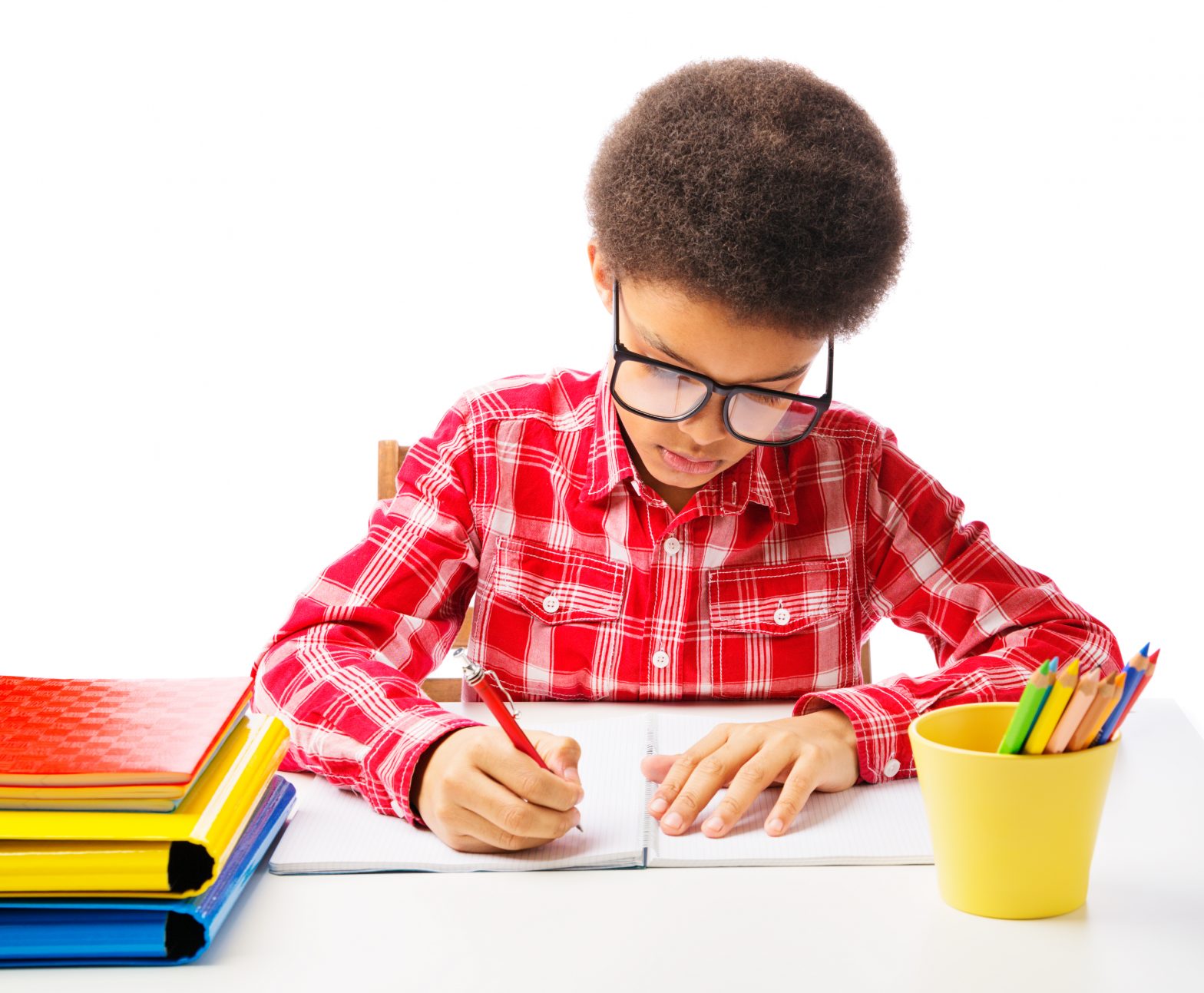Most of us love to watch snowballs getting bigger and bigger and we clap when we get them as big as we want. Children with learning disabilities and anxiety see the snowball of the coronavirus getting bigger and they are not clapping. They become more anxious the bigger the snowball gets. It is overwhelming and frightening. They feel like the snowball is going down the hill and they have lost control, they can’t stop it. They don’t know how to stop it and don’t know how to tell someone to stop it for them.
Children with learning disabilities and anxiety exhibited stress pre-virus and now the stress has increased. Think about children who were going to school and were receiving services for their fine motor skills or their written expression skills or their direction following skills. Now they are faced with remote learning which requires them to navigate a computer, express their thoughts utilizing the computer, and follow directions, oftentimes without an adult who can help them with those skills. They are used to the teacher assisting them, standing by them, helping them immediately when they had a problem. Because they aren’t in school, they don’t have the structure and routine that they have while there. Parents may have other work they are expected to do at home and don’t have the time or the expertise to help their child with all the skills the children are now expected to do independently. The snowball is getting bigger because of the learning disability.
Now imagine that they have a learning disability in the area of auditory processing and they are expected to follow oral directions given through remote learning. They are expected to concentrate, listen, and then try to do what is expected of them. They are trying to determine how to navigate the technology while listening to what is being expected of them. While they are trying to figure out what to do, the teacher may be moving on or trying to explain something in a different way to another student. The parent may be frustrated because the parent doesn’t know how to help the child. They may think they understand the directions, but they are not sure how to explain them to their child in the way that the child understands.
The teacher may be giving a lecture utilizing a program such as Zoom. The child is having difficulty paying attention. They may want to ask a question but can’t figure out how to navigate the button to raise their hand or may not know how to raise their hand. Their anxiety level increases. They want to escape because it is frustrating for them. They are utilizing the computer in an environment where there are other things around, and they become easily distracted. It becomes easy for them to escape. They look around their environment and see other things they would rather be doing.
Children with anxiety have difficulty with cognitive flexibility. They are used to the school routine and suddenly they don’t have it. They are expected to be more flexible than they have ever had to be before. They are expected to do schoolwork in a different environment with different timelines. They have to switch gears and they just don’t know how to do it.
They are not being obstinate, they need support.
Coronavirus upset their routine. It changed their learning environment, it expected them to learn new skills without being taught those skills, and it took away their ability to interact with their teacher and their peers. This is enough anxiety for all of us but now let’s look at the fear they are experiencing. Perhaps their parents have lost their jobs, they are watching the news too much and are hearing about all of the people who are dying. They are, like many of us as adults, frightened. What if they get the virus? What if their parents or grandparents get it? They fear the unknown. The snowball is going down the hill and getting bigger, but again they don’t know how to stop it. How can we help them, whether we are a teacher or a parent? Here are a few tips:
- Always remember the areas where the child’s learning disability impacts performance. Consciously give them more help in those areas. If they have fine motor problems, remember that navigating a computer keyboard may be difficult for them. They will need step by step directions. If they have written expression problems, avoid giving too much written work at one time or give them alternatives to writing.
- Maintain as much structure and routine as possible. Provide children with a daily schedule and provide short breaks throughout the day that take into consideration the attention spans of the children.
- Give one-step directions only. Remember that children who are experiencing anxiety may be having serious problems with processing information that is given auditorily. Their mind is on other things. Break the directions down for each assignment into small steps.
- Give short tasks for the student to complete. They are going to become tired of zooming or doing a packet of papers so consider how long you can expect a child to stay on a task.
- Use behavior momentum where you start with easy tasks and lead systematically into more difficult ones, so you build momentum for success.
- When having a child do what might be perceived as a difficult task, follow it with something fun.
- Acknowledge their fears. They are real to a child with anxiety. Listen to what they are saying and try to understand. Avoid statements such as” Get Over It.” If they could they would.
- Teach the child mindfulness activities such as deep breathing and positive self-talk.
- During these stressful times, do activities that capitalize on the child’s strengths whether it is art, music, doing puzzles. Most important do the activities with the child.
- Build the child’s self-worth by having them spend some time each day doing something for someone else. Perhaps they can write a note to someone else in the family, maybe they can help you make masks, maybe they can sweep a neighbor’s porch. The possibilities are endless. These activities focus on the needs of others and give the child a sense of purpose.
We can stop the child’s snowball from getting bigger by modeling how we manage our emotions, by staying calm, and by recognizing our children’s feelings and giving them the tools to cope.
A few other resources for helping children with anxiety this fall:
- Angst and panel discussion presented by LDA on August 20. Angst is a film-based education program designed to raise awareness around anxiety, with an emphasis on youth and families.
- Anxiety and Coping with Coronavirus – Rachel Ehmke (Child Mind Institute)
- Helping Children Cope with Changes Resulting from COVID-19 – National Assoc. of School Psychologists
- What to Do (& Not to Do); Back to School Anxiety – Jerry Bubrick, Ph.D. (Child Mind Institute)

About the Author
Bev Johns has been an active member of the Learning Disabilities Association for many years serving as a State President and State Presidents’ representative. She is very active in the Healthy Children Project. She has over 35 years experience in speciaL education in the public schools in Illinois. She is now a Professional Fellow at MacMurray College in Jacksonville, Illinois, and is a learning and behavior consultant. She has chaired legislative committees for a number of professional organizations and was the recipient of the 2000 Outstanding Leadership Award of the Council for Exceptional Children. She is the author of over 20 books in the area of special education and working with children with challenging behaviors.



